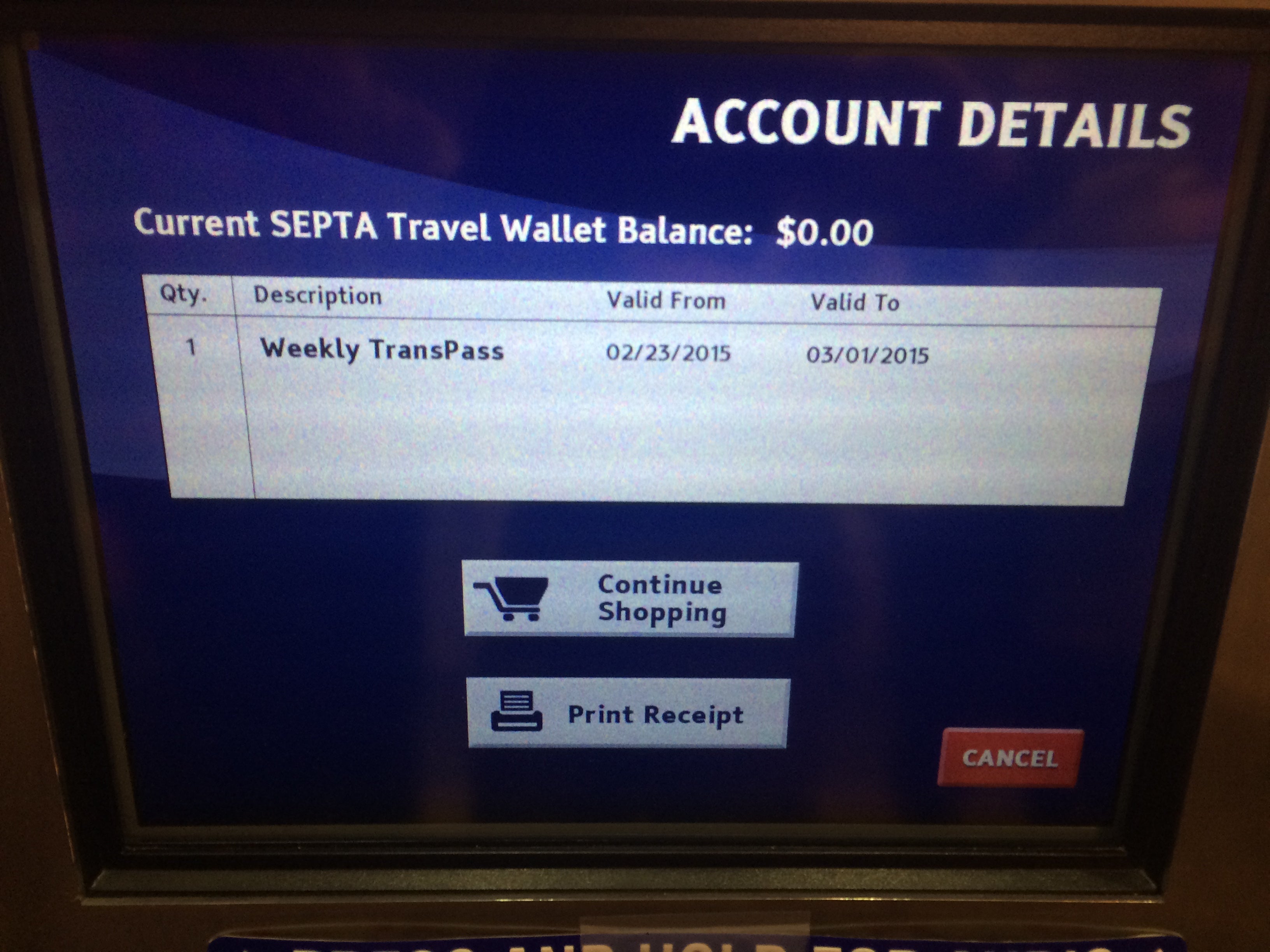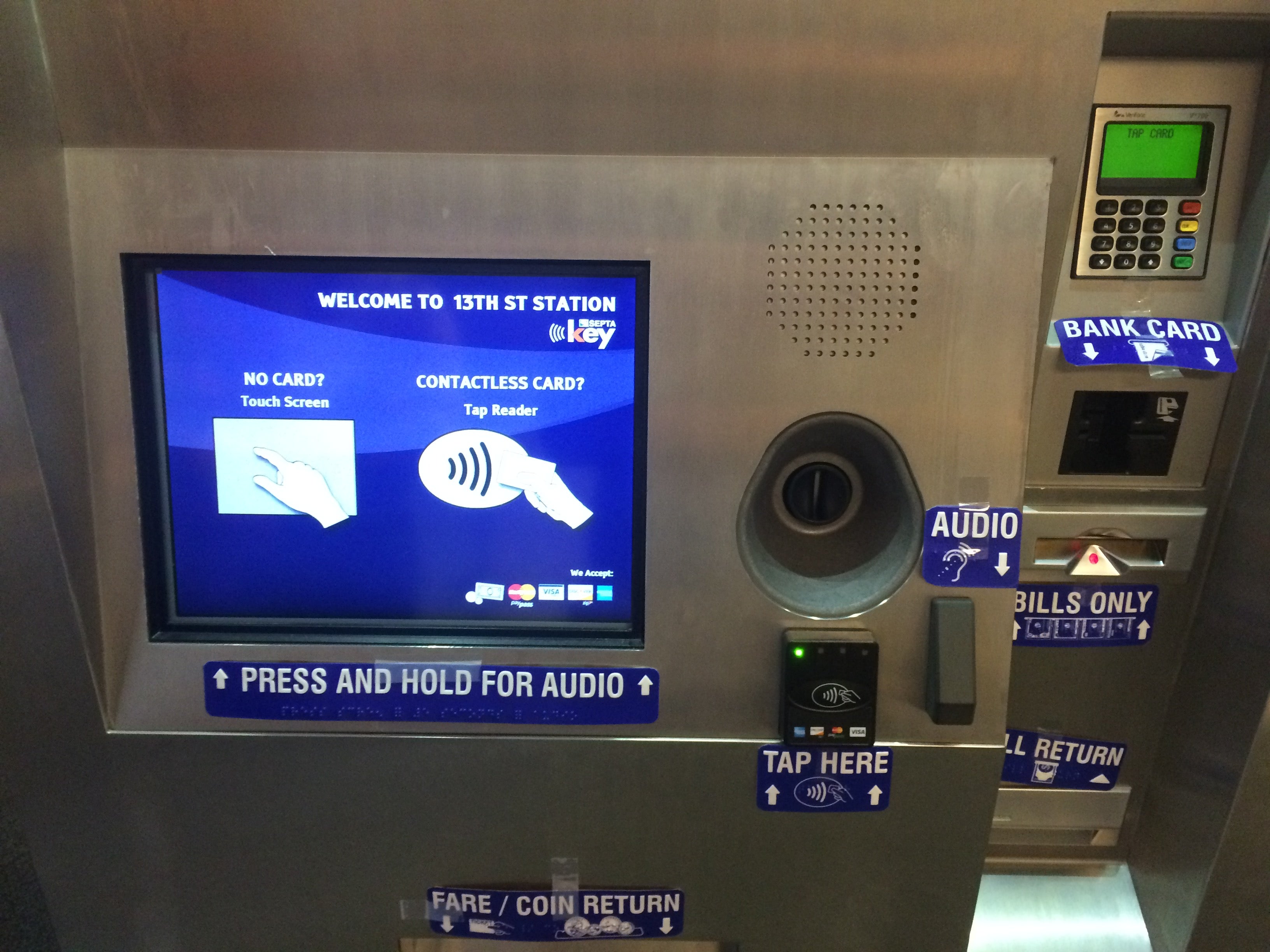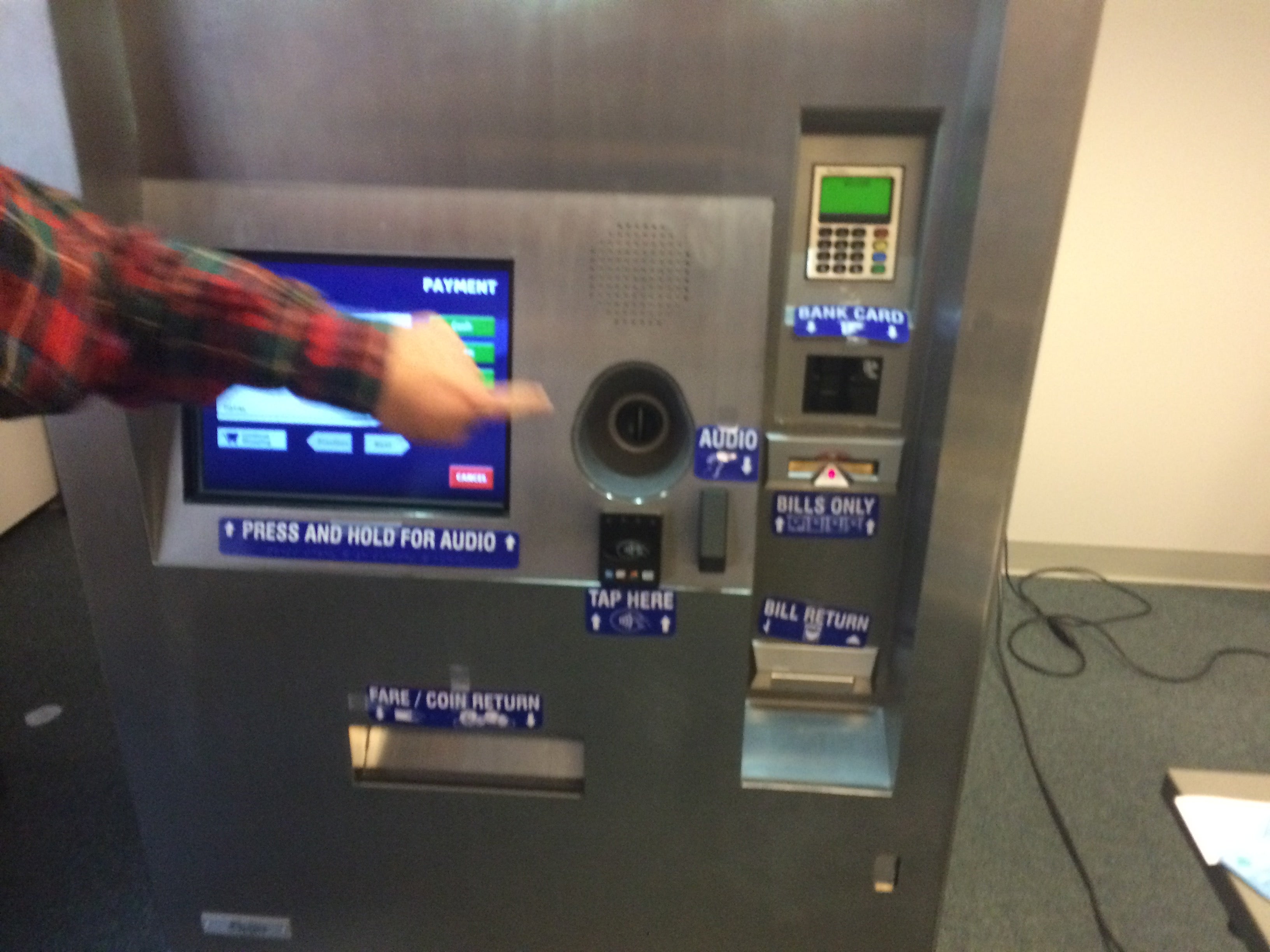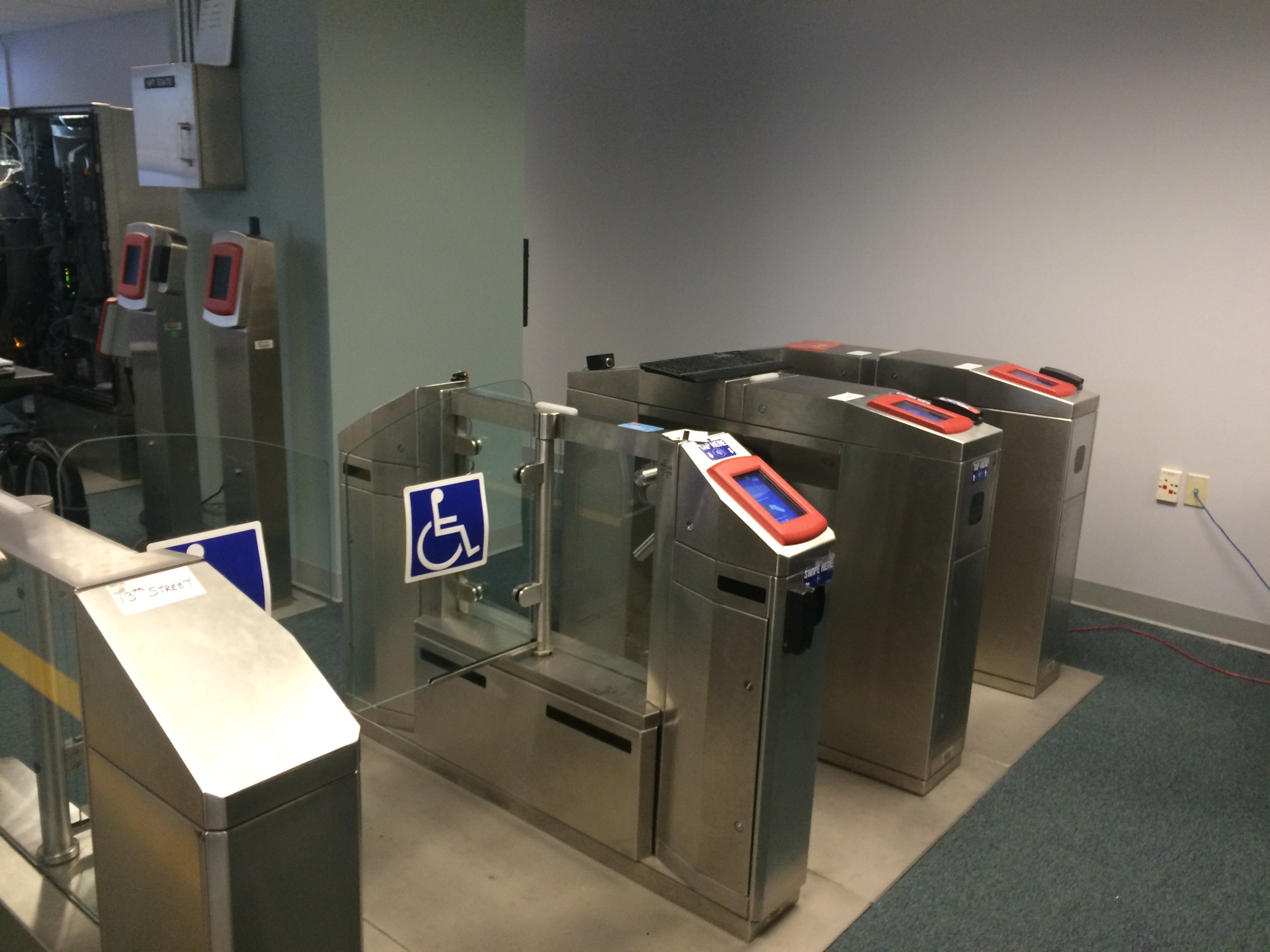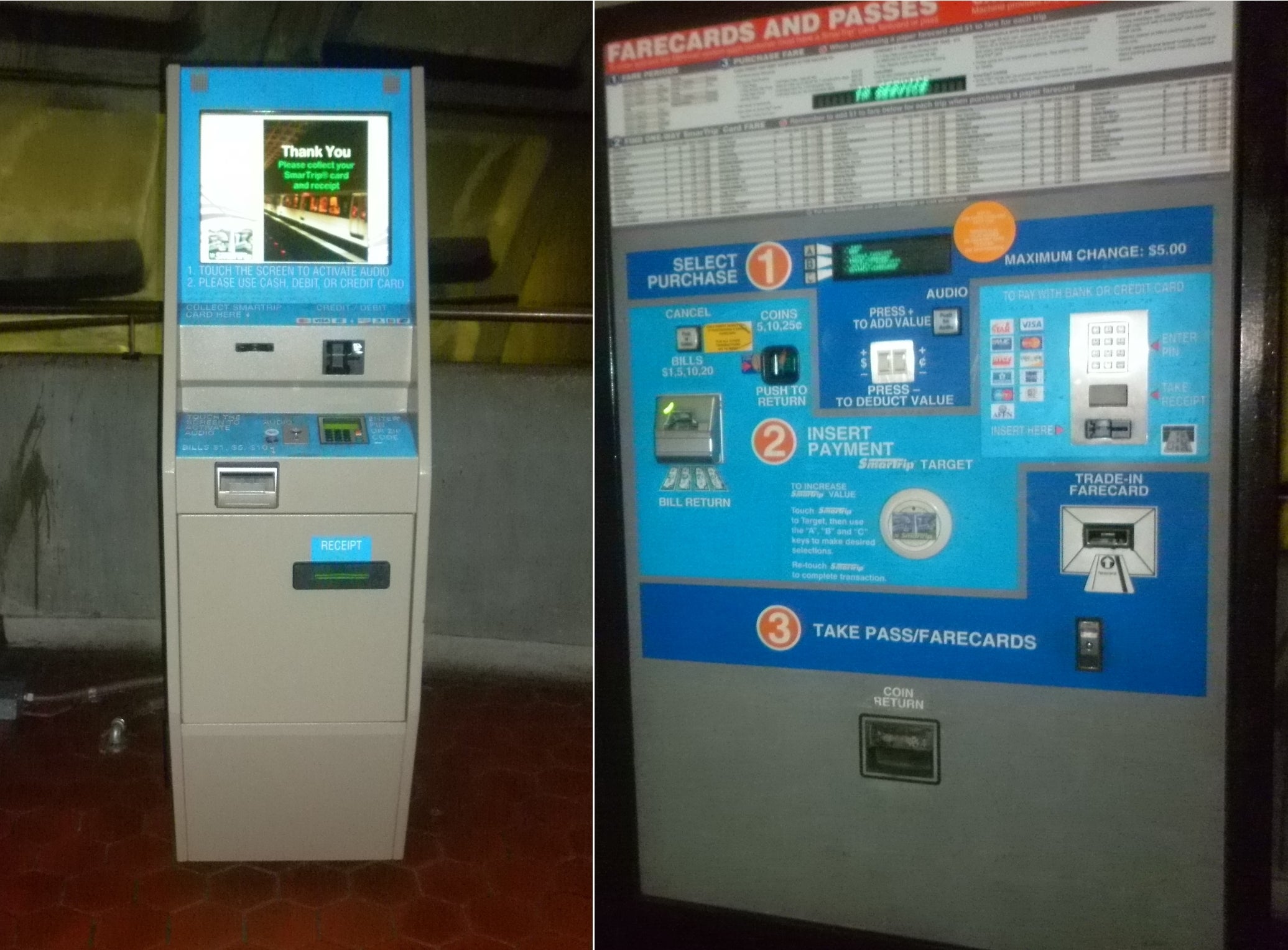Can SEPTA Key unlock a better tomorrow or will it lock in bitter disappointment?
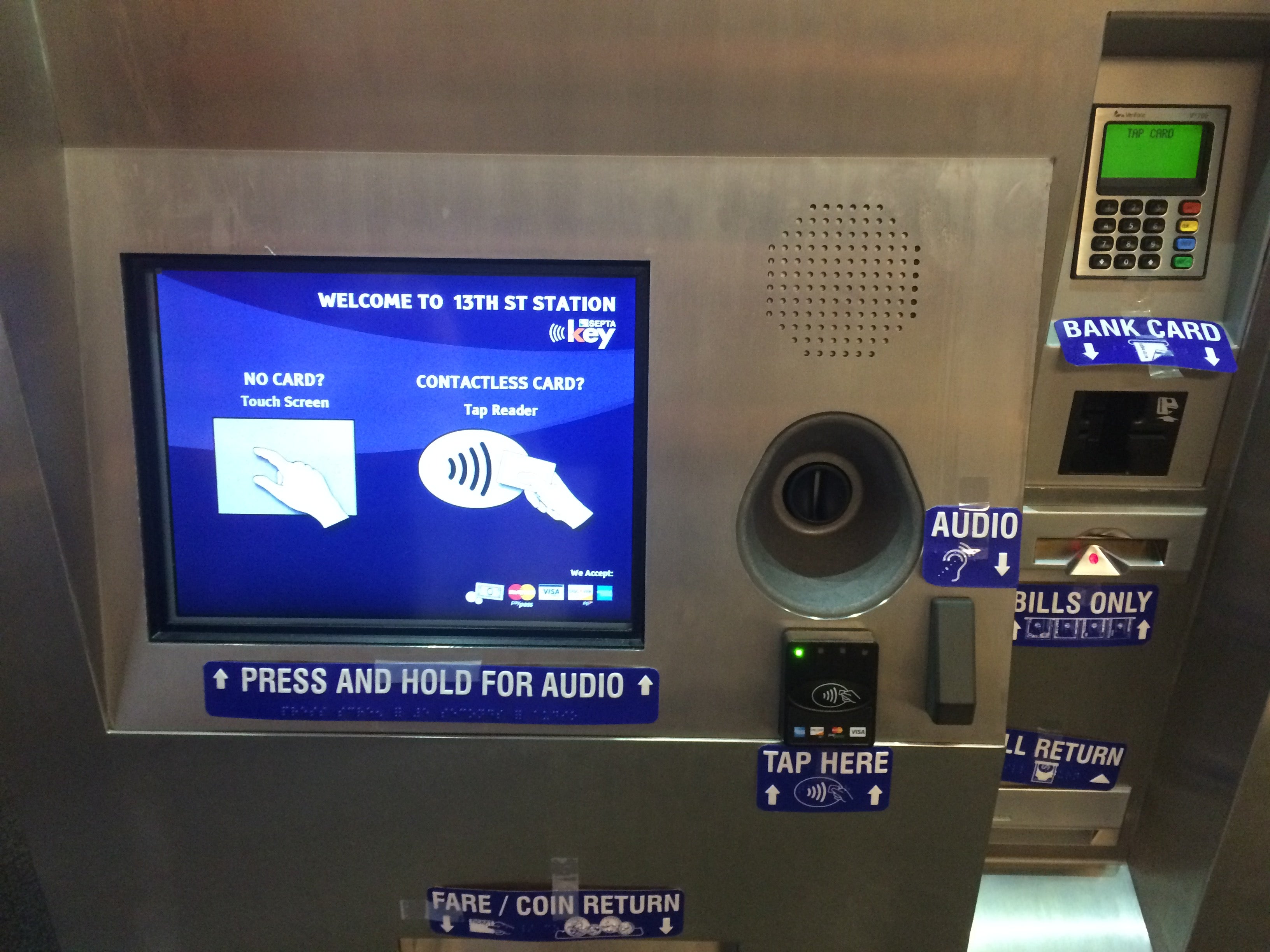
PlanPhilly will regularly report on the progress SEPTA is making in developing and implementing its new payment technology. Stay tuned.
4,323.
That’s how many words long SEPTA’s FAQ is for its new fare system, SEPTA Key.
That’s longer than Hamlet’s oft cut play-within-a-play by a solid thousand words. And just like the Bard’s confusing bit of meta-theater, the FAQs have left many readers confused.
As PlanPhilly reported yesterday, SEPTA Key will be an open fare system, which means that credit cards, debit cards and smartphones equipped with Near Field Communication chips will be able to work just like SEPTA’s own contactless fare cards.
Still, many riders – if not most – will board their trains, trolleys and buses using the SEPTA Key Card. Regardless of what kind of magic wand you’ll wave in front of the SEPTA validators, the system is expected to work the same. Which has many wondering: how’s that exactly?
Despite – or maybe because of – the 4,323 words of frequently asked questions and appurtenant answers (and not to mention dozens of news articles and blog posts), SEPTA riders seem riddled with anxiety over what happens once we’re rid of tokens and passes.
Thankfully, the team implementing SEPTA Key appear to appreciate these concerns, and have spent considerable time considering the user experience of SEPTA Key. Those long familiar with SEPTA’s dingy stations, confusing signage, token machine scarcity, and refusals to make change may refuse to believe this change is real.
But today’s SEPTA inherited most of its problems. It’s a transit system cobbled together from a handful of different private transit companies that went under. It’s been horribly underfunded for years: Even now, with Act 89 funds nearly doubling its annual capital budget, SEPTA has hundreds of millions less for capital improvements compared to its peer agencies. When other cities started replacing passes and tokens in the ’90s, SEPTA’s then general manager was still turning away much needed revenue by refusing to let ads on the buses.
SEPTA’s new payment technology is Key in more than one way: it’s a critical step in unlocking long-suffering Philadelphian’s faith in the agency. Past transit disappointments will fade into memory if these new SEPTA Key accouterments live up to their promise.
KIOSK? MORE LIKE SEPTA KEY-OSKS USERS TO ADD MONEY NEARLY ANYWHERE, AMIRITE?
Short of the bitter disappointment of watching the Eagles fall tantalizingly short of a championship every year, there is no more frequently infuriating situation for a Philadelphian than rushing to catch the subway, forgetting a token and realizing that stop doesn’t have a token machine. (And only having a $20 with cashiers that don’t make change is basically Super Bowl XXXIX.)
That’s all changing with the SEPTA Key rollout. According to Deputy Chief Officer of SEPTA Key Integration Leslie Hickman, the authority plans to have at least one kiosk in every subway and high speed line station, allowing riders to add money to their Key accounts (including phones and bank cards) and purchase monthly or weekly passes. All of the Center City regional rail stations, and some of the larger suburban stations, will have kiosks as well.* All of the kiosks will take credit and debit cards – in fact, some will only take cards, a radical departure from today’s cash-only token dispensers. And that’s all in addition to being able to transfer funds onto SEPTA Key accounts online.
All of the cash kiosks will make change, and unlike the Sacagawea-spitting PATCO and NJ Transit machines, they will hand back honest-to-goodness dollar bills (Dollar coins? What is this, Europe?). During the transition period, those cash kiosks will also take tokens to add money on the cards.
Additionally, there will be 1,500 external retail locations where passengers will be able to purchase fare instruments and add money to their accounts right at the register. Hickman said she couldn’t say which retailers exactly, only that it will include “a very popular local convenience store” and grocery stores.
Perhaps most importantly of all, the kiosks (at least the prototypes demonstrated for PlanPhilly) are intuitive to use: simple user touch screen interface, clear labels, and limited options.
“Limited options” isn’t a typo, and SEPTA is not reducing or removing any of their currently offered fare options: when confronted with too many choices, people tend to freeze. It’s called choice paralysis and it happens every time a tourist tries to use Washington DC’s SmartTrip kiosks.
WHAT’S ON TAP FOR WHERE TO TAP
For most of SEPTA’s modes, SEPTA Key won’t significantly change how passengers actually board and alight. On buses, riders will tap SEPTA Key where they used to drop a token or swipe a pass. Buses will still take cash and still won’t make change.
On the subway lines, users will tap to get through a turnstile and – unlike the contactless fare systems in DC and London – will not need to tap to exit.
And the trolley system will be like it is today: sometimes more like a bus, other times more like a subway.
Only regional rail passengers will really have a change. PlanPhilly has covered this controversy before, so I’ll be brief here. Like a thorough assassin, regional rail will use a double-tap, meaning passengers will need to tap their fare device once as they get on the train and once as they get off. If a user fails to tap at either end, they will be charged the maximum fee.
At the five Center City stations, the regional rail platforms will be behind SEPTA Key turnstyles, forcing the 97 percent of riders who either get arrive or depart from them to tap at least once. At all the other stations, there will be handful of validators for riders to use.
On the trains, the conductors will have handheld validators for passengers, which will allow late-running customers to jump on a train without stopping to validate at the station first. They will also patrol for potential free riders and continue their customer assistance and safety job functions.
DATA IS TOO IMPORTANT TO PLANPHILLY FOR A BAD SUB-HEADLINE JOKE
According to Kevin O’Brien, SEPTA Key Program Manager, SEPTA Key users will be able to look up their individual trip histories, which will be mildly interesting for many riders.
More importantly, a high tech system like this will yield lots of great data for regional planners. By tracking aggregate transactions – SEPTA says it won’t look at individual trip data except pursuant to a subpoena or law enforcement request – planners will be able to get a better sense of how people use SEPTA, which should eventually lead to more efficient service. For example, it will be clearer how many riders transfer from bus line X to bus line Y, or go from a subway line to a trolley, creating a more complete picture of the entire trip passengers make.
The improved information gathering, “won’t just help with [planning],” said Dennis Hiller, Chief Officer of Revenue, Advertising and Sales at SEPTA. “It’ll help with fare analysis, too.”
For subway, regional rail and some trolley lines, SEPTA Key will be able track where exactly a passenger gets on. For regional rail, it will also track where riders disembark.
When asked if the system will be able to say where along a bus route passengers got on, integration officer Hickman said, “In the future, we’d hope that it’d be able to give us at least close to that.”
Such pinpoint information would be particularly useful for determining how best to consolidate bus stops – e.g., if the data show that dozens get on at 21st Street, and only one at 20th Street, it becomes obvious which one to remove – which can make the entire system more efficient.
IT’S THE SMALL THINGS THAT MATTER
There is also a smattering of small improvements that will show up across SEPTA as Key rolls out.
Park-and-ride commuters on the regional rail will be able to use their SEPTA Key account to pay for parking.
For riders who use their own credit or debit cards as their primary SEPTA Key farecards, SEPTA will eat the transaction fees. To be clear, that’s only on SEPTA travel transactions. SEPTA also plans on accepting all major credit cards, including American Express and Discover.
Many senior citizens won’t need to worry about new fare cards, NFC-enabled smartphones or contactless credit cards. SEPTA’s keeping a magnetic strip readers that will remain on all validators for the use of Quick Trip tickets, or one-way trip cards that will replace using 9 quarters to get on the subway for those who refuse to use SEPTA Key. Those same magnetic strip readers will read Pennsylvania drivers licenses, and if you’re over 65, you’ll be able to swipe your ID and ride the bus, trolley and subway for free. Regional rail riding seniors will still need to pay a $1, though.
THE KEY GOING FORWARD: UX
SEPTA Key is little more than a user experience capital improvement project. Unlike most things railroads and bus lines spend their money on, it won’t make the trains run faster or engines last longer. It’ll simply make the system more pleasant to use. Good user experience, or UX in the argot, is what makes products easy and intuitive to use. Great UX is what makes Apple products so easy toddlers can use them. That in turn makes Apple a ton of money.
We’ve come to expect great UX from tech companies like Apple and horrible UX from public agencies like SEPTA. After all, Apple is trying to enslave us all with their terribly addictive devices maximize shareholder wealth, whereas SEPTA doesn’t really get anything for increasing its market share by improving its services (besides industry trade group awards). Many of SEPTA’s customers are a captive market – they really don’t have any other choice but to use SEPTA because driving is too expensive and walking or biking is too far.
Yet, despite all that, a change may be afoot. Real time updates for next arriving trains and buses are on the way. Long decrepit stations are being renovated. And tokens are being regulated to the scrap heap of history.
But a final word of caution: all of the above is what SEPTA says it will do. Prototypes, tests, hopes and promises are all well and good. But until the SEPTA Key launches and lives up to the hype so thoroughly raised herein, riders will rightfully withhold judgment.
*Correction 2/26/14 12:04 P.M.: This sentence originally said all regional rail stations are planned to have kiosks. That was inaccurate. Some of the smaller regional rail stations outside of Center City are expected to have validators only, and no kiosks.
WHYY is your source for fact-based, in-depth journalism and information. As a nonprofit organization, we rely on financial support from readers like you. Please give today.



